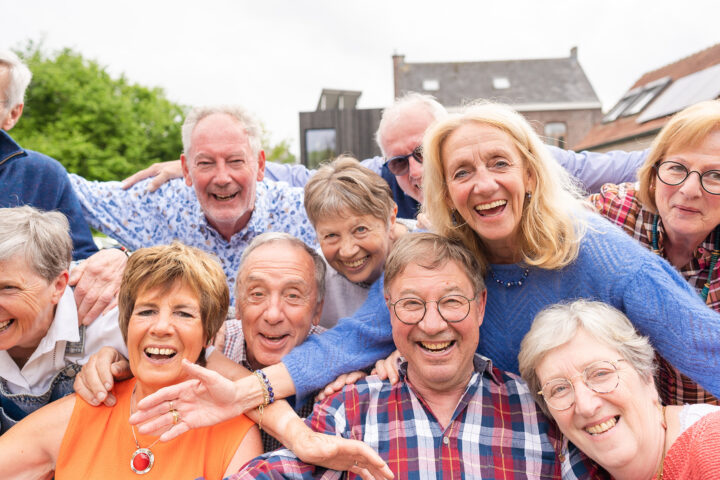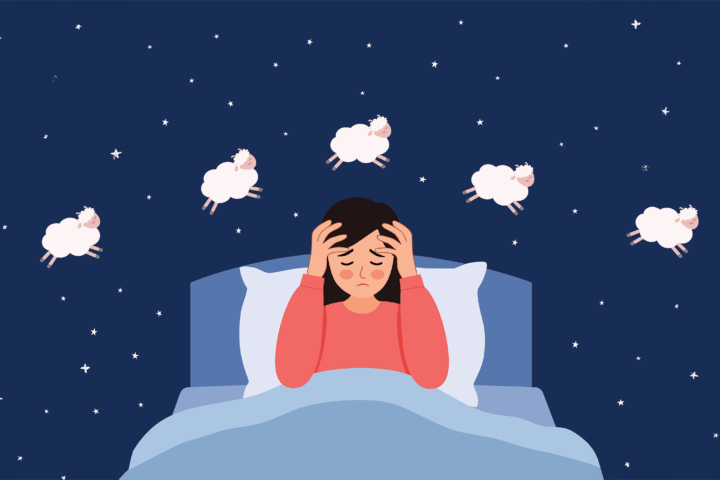The Cold Season’s Shadow: Why Seasonal Affective Disorder Takes Center Stage Each Fall
As the days shorten and temperatures drop, many people feel a shadow creep into their mental landscape. For some, these seasonal changes bring a phenomenon far more disruptive than “winter blues”—Seasonal Affective Disorder (SAD). This form of depression, emerging in late fall and persisting through winter, manifests in low energy, poor concentration, and a profound sense of fatigue that can mimic accelerated aging (UChicago Medicine). More recent studies are shedding light on how the physiological effects of SAD could parallel aspects of biological aging, urging new approaches to therapy that resonate with maintaining both mood and youthfulness during the darker months.
But why does seasonal darkness impact us so deeply, and how can we manage it? Research from sources such as the American Psychological Association (APA) and Cambridge University reveals that SAD disrupts the circadian rhythm, or body clock, which regulates our mood, energy, and sleep. This disturbance leads to changes in neurotransmitter levels, such as serotonin, the “feel-good” hormone, and melatonin, the sleep hormone. When these chemicals become unbalanced, the result is often fatigue, irritability, and mood swings, underscoring the need for treatments that go beyond simple mood enhancement (American Psychological Association, RWJBarnabas Health).
Shining a New Light on SAD: Updated Therapies and Aging
The established “gold standard” for treating SAD has long been light therapy—often utilizing lightboxes emitting 10,000 lux, which mimics the sun’s brightness (Cambridge University Press & Assessment). Studies now focus on fine-tuning light therapy to improve efficacy and reduce side effects, such as insomnia and headaches, by exploring specific light wavelengths. Intriguingly, blue wavelengths (around 446–477 nm) may hold particular promise, showing potential in reducing SAD symptoms at lower intensities. This aligns with findings that suggest SAD-related disturbances in intrinsically photosensitive retinal ganglion cells, which are specifically receptive to blue light.
Consider this: as aging is often marked by disrupted sleep and slower recovery times, improving our body clock through tailored light therapy may address both SAD and common signs of aging. By harmonizing with natural rhythms, light therapy stands as a dual-purpose tool, helping with emotional stability and potentially mitigating some age-related challenges (UChicago Medicine).
Beyond Light: Nutritional and Cognitive Approaches to Brighten the Mind
While light therapy often takes the spotlight, other methods are stepping up to address SAD’s complex relationship with aging. Cognitive Behavioral Therapy (CBT), for example, is widely recommended for older adults with SAD. By helping individuals reframe negative thoughts and reinforce healthier behavior patterns, CBT offers long-term resilience against recurring SAD symptoms. A new approach to CBT specifically designed for SAD includes proactive strategies for dealing with low-energy days and limited sunlight. Studies show that CBT can not only improve immediate mood but also create lasting behavioral changes that stave off the annual cycle of SAD (RWJBarnabas Health).
Nutrition also plays a vital role. Low levels of Vitamin D, common in winter due to reduced sunlight, can exacerbate SAD and contribute to feelings of sluggishness often associated with aging. Experts suggest vitamin D supplementation and a diet rich in tryptophan (found in foods like eggs, fish, and dairy) to support serotonin production, helping maintain a brighter mood during the colder months.
Staying Energized: Movement and Lifestyle Adjustments
Exercise, often touted as a panacea for both mental health and aging, has unique relevance for those experiencing SAD. Physical activity increases endorphins, countering the effects of depression while promoting physical vitality. According to a recent survey from UChicago Medicine, consistent outdoor activity even in winter months, such as brisk walking during daylight hours, could counteract SAD’s effects by increasing both serotonin and energy levels (UChicago Medicine). The benefits aren’t limited to the mental realm; regular movement helps maintain physical vigor, lending an anti-aging effect that pairs well with the mood-lifting impact of sunlight exposure.
Combining light therapy with these lifestyle practices might offer the best of both worlds—an approach that brightens the mind and supports healthy aging.
Embracing Seasonal Shifts with Resilience
Seasonal Affective Disorder remains a profound reminder of our connection to nature’s rhythms. The interplay between aging and mental health becomes even more significant as we face the darker months. As scientists continue to unravel the ties between SAD, neurotransmitters, and circadian rhythms, a holistic approach combining tailored light therapy, diet, and movement may not only lift the winter gloom but also turn back the clock on some common aspects of aging.
With the right strategies, a brighter, more resilient season awaits—no matter the temperature outside.












